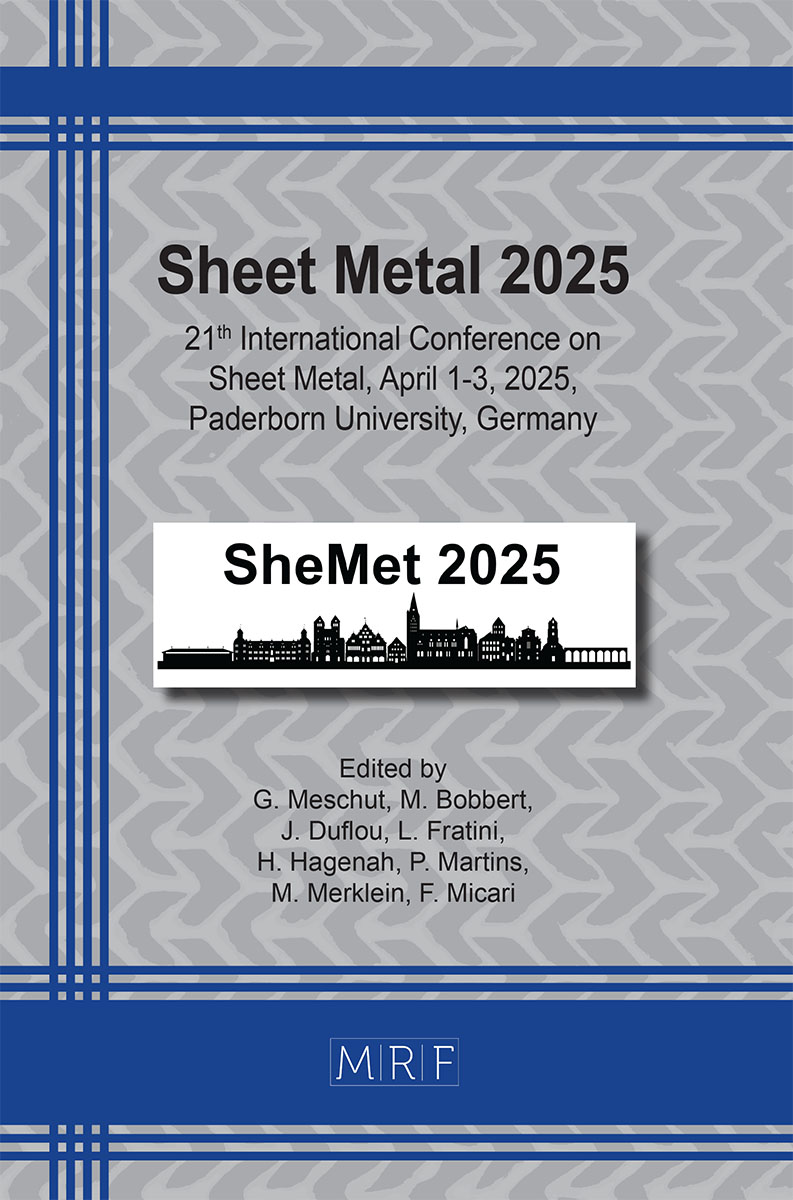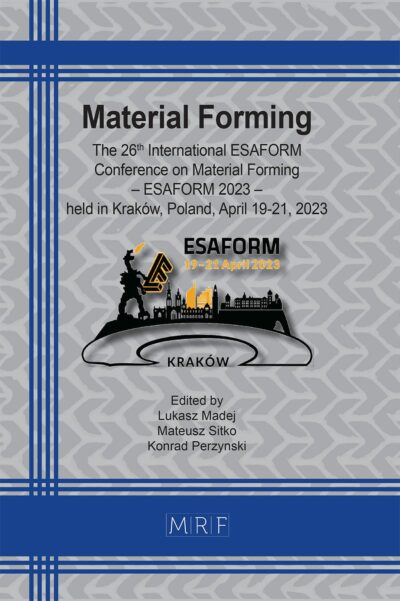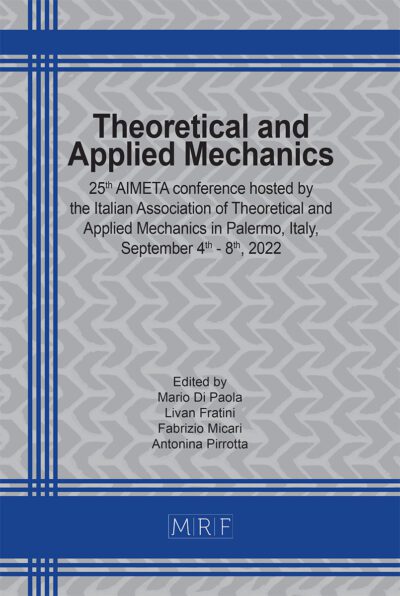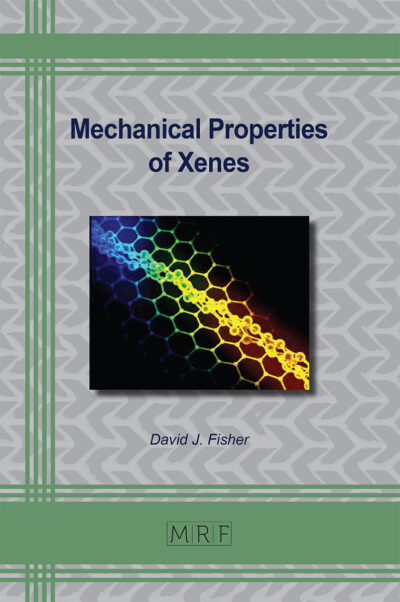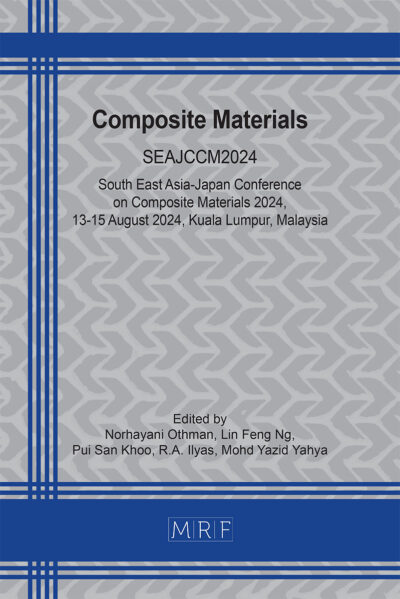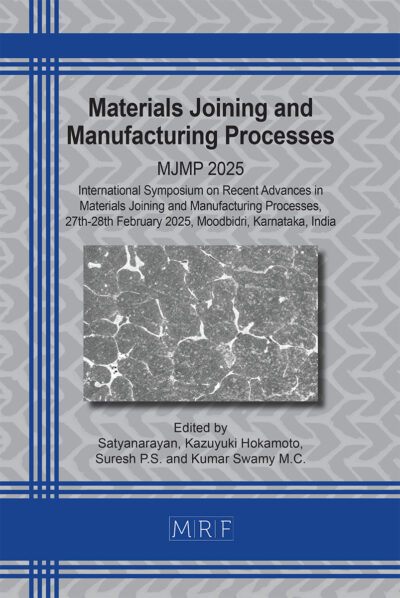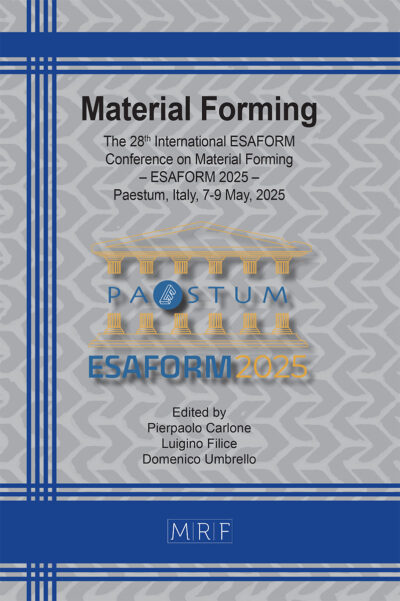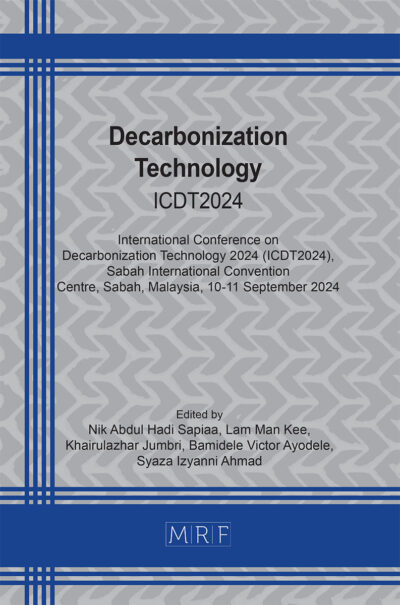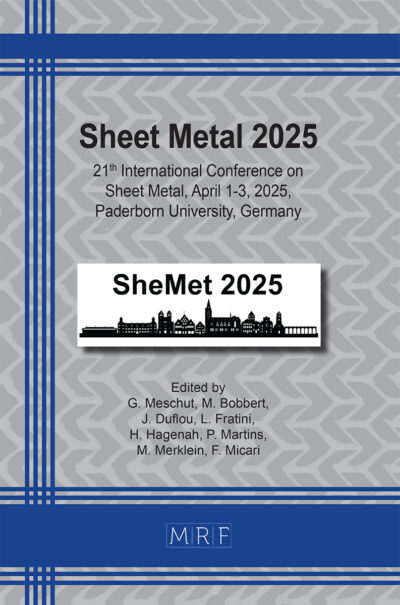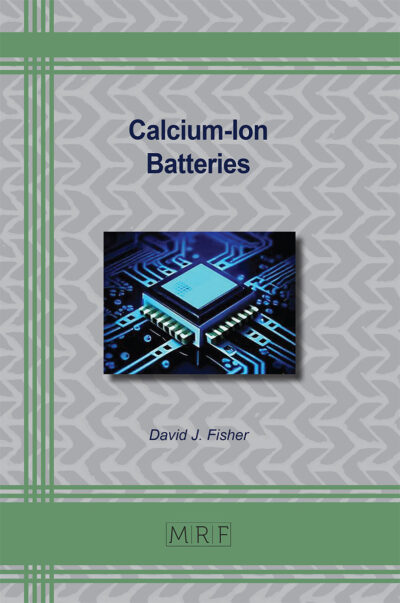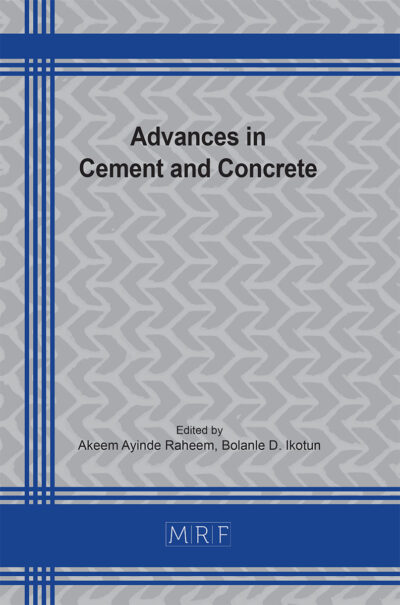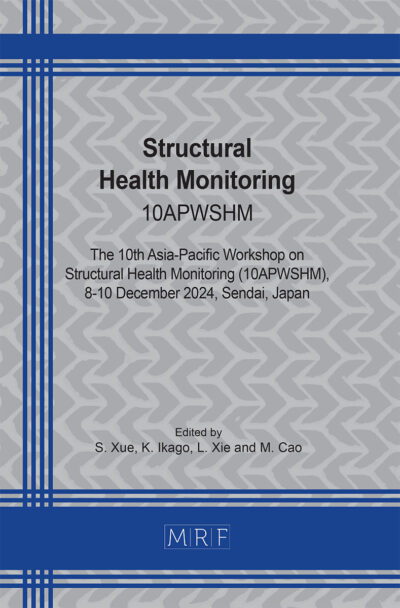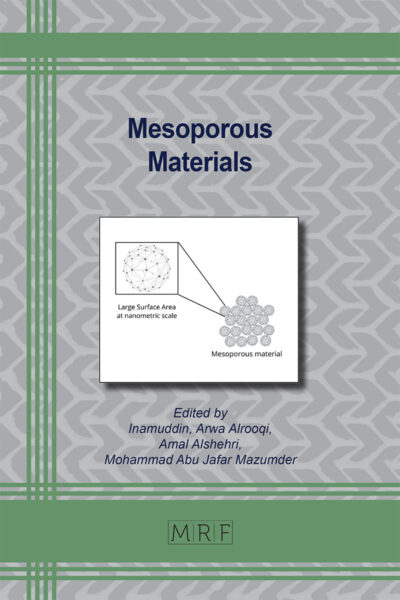Modelling strategies for non-rotationally symmetric joints
Deekshith Reddy DEVULAPALLY, Thomas TRÖSTER
Abstract. Accurate Finite Element Modeling (FEM) of joints is essential in the design of complex mechanical systems such as automotive body-in-white (BIW) structures, as it plays a critical role in evaluating their performance. Although well-established techniques exist for modeling rotationally symmetric joints, there remains a significant gap in effectively modeling non-rotationally symmetric joints. These joints are particularly relevant in the automotive BIW, where they can better accommodate anisotropic loading conditions. In this study, strategies for modeling non-rotationally symmetric joints were explored using finite element simulations in LS-DYNA. The findings demonstrate that discrete beam elements can capture the anisotropic characteristics of such joints. Two models were tested: a single-beam model for stiffness periodicity every 90°, and a three-beam model for stiffness periodicity every 120°. Force responses, stress distribution, and sheet bending behaviors were analyzed, confirming that discrete beam elements can accurately represent direction-dependent stiffness. These results establish a foundation for developing advanced joint modeling strategies in complex mechanical systems.
Keywords
Joining, Finite Element Method, Non-Rotationally Symmetric Joints
Published online 4/1/2025, 7 pages
Copyright © 2025 by the author(s)
Published under license by Materials Research Forum LLC., Millersville PA, USA
Citation: Deekshith Reddy DEVULAPALLY, Thomas TRÖSTER, Modelling strategies for non-rotationally symmetric joints, Materials Research Proceedings, Vol. 52, pp 168-174, 2025
DOI: https://doi.org/10.21741/9781644903551-21
The article was published as article 21 of the book Sheet Metal 2025
![]() Content from this work may be used under the terms of the Creative Commons Attribution 3.0 license. Any further distribution of this work must maintain attribution to the author(s) and the title of the work, journal citation and DOI.
Content from this work may be used under the terms of the Creative Commons Attribution 3.0 license. Any further distribution of this work must maintain attribution to the author(s) and the title of the work, journal citation and DOI.
References
[1] S. Martin, A. A. Camberg, and T. Tröster, “Probability Distribution of Joint Point Loadings in Car Body Structures under Global Bending and Torsion,” Procedia Manuf, vol. 47, pp. 419–424, Jan. 2020. https://doi.org/10.1016/J.PROMFG.2020.04.324
[2] S. Martin, J. Schütte, C. Bäumler, W. Sextro, and T. Tröster, “Identification of joints for a load-adapted shape in a body in white using steady state vehicle simulations,” Forces in Mechanics, vol. 6, p. 100065, Feb. 2022. https://doi.org/10.1016/J.FINMEC.2021.100065
[3] D. R. Devulapally, S. Martin, and T. Tröster, “Non-rotationally symmetric joints – Mechanisms and load bearing capacity,” Materials Research Proceedings, vol. 41, pp. 1650–1659, 2024. https://doi.org/10.21741/9781644903131-183
[4] D. Mundo, R. Hadjit, S. Donders, M. Brughmans, P. Mas, and W. Desmet, “Simplified modelling of joints and beam-like structures for BIW optimization in a concept phase of the vehicle design process,” Finite Elements in Analysis and Design, vol. 45, no. 6–7, pp. 456–462, May 2009. https://doi.org/10.1016/J.FINEL.2008.12.003
[5] M. Palmonella, M. I. Friswell, J. E. Mottershead, and A. W. Lees, “Finite element models of spot welds in structural dynamics: review and updating,” Comput Struct, vol. 83, no. 8–9, pp. 648–661, Mar. 2005. https://doi.org/10.1016/J.COMPSTRUC.2004.11.003
[6] M. Costa, G. Viana, R. Créac’hcadec, L. F. M. Da Silva, R. Créac’hcadec, and R. D. S. G. Campilho, “A cohesive zone element for mode I modelling of adhesives degraded by humidity and fatigu,” Int J Fatigue, vol. 112, pp. 173–182, 2018. https://doi.org/10.1016/j.ijfatigue.2018.03.014
[7] L. Duan, Z. Du, H. Ma, W. Li, W. Xu, and X. Liu, “Simplified modelling of self-piercing riveted joints and application in crashworthiness analysis for steel-aluminium hybrid beams,” J Manuf Process, vol. 85, pp. 948–962, Jan. 2023. https://doi.org/10.1016/J.JMAPRO.2022.11.068
[8] J. Z. Wu, “Beam-type versus solid-type spot weld in LS-DYNA,” SAE Technical Papers, 2009. https://doi.org/10.4271/2009-01-0354
[9] “LS-DYNA ® KEYWORD USER’S MANUAL VOLUME I,” 2023, Accessed: Oct. 10, 2024. [Online]. Available: www.lsdyna.ansys.com
[10] “LS-DYNA ® KEYWORD USER’S MANUAL VOLUME II Material Models,” 2023, Accessed: Jan. 12, 2024. [Online]. Available: www.lsdyna.ansys.com

